Denison barb - Sahyadria denisonii
Scientific name: Sahyadria denisonii
Common name: Denison barb
Family: Cyprinidae
Usual size in fish tanks: 12 - 15 cm (4.72 - 5.91 inch)
014
Recommended pH range: 6.4 - 7.5
Recommended water hardness: 4 - 15°N (71.43 - 267.86ppm)
0°C 32°F30°C 86°F
Recommended temperature range: 20 - 26 °C (68 - 78.8°F)
The way how these fish reproduce: Spawning
Where the species comes from: South Asia
Temperament to its own species: peaceful
Temperament toward other fish species: peaceful
Usual place in the tank: Middle levels
General Information
The Denison barb (Sahyadria denisonii), also sold as the roseline shark or red line torpedo barb, is a fast-swimming shoaler endemic to the Western Ghats of southern India (Kerala and south Karnataka). In nature it inhabits clear, highly-oxygenated hill streams and upper river reaches with rock, boulders and riparian cover. Adult size is typically 12–15 cm (≈5–6″). Current taxonomy places the species in Sahyadria (ex-Puntius, Dawkinsia).
Food & Feeding
An omnivore that grazes and picks at invertebrates and biofilm. Use quality flakes or sinking micro-pellets as the staple; rotate frozen/live items (daphnia, brine shrimp, bloodworms in moderation) plus some plant matter (spirulina/algae wafers, blanched veg). Offer small portions 1–2× daily; they may nibble softer plants.
Sexing
External differences are subtle. Mature females are often fuller-bodied; males may show slightly stronger color. Venting is the most reliable method in adults.
Breeding
Egg-scattering spawner in nature. Home-aquarium spawnings are rare; most commercial production relies on hormone-induced breeding in farms. If attempting, use a long, well-oxygenated stream-style tank with cool end temperatures, strong current, and heavy plant/mop density; remove adults post-spawn.
Lifespan
Expect around 5–7 years with superb water quality and ample swimming space; longer is possible under optimal conditions.
Tank Requirements & Water Parameters
- Group & space: keep in a shoal (≥6). Provide a long tank (min. 120 cm/4′; larger preferred) with open lanes for sustained swimming.
- Flow & oxygen: emulate a fast, well-oxygenated stream (powerful filtration, added flow, high surface agitation). These fish decompensate in low-O₂, warm, stagnant water.
- Water: pH ~6.4–7.5, hardness ~4–15 °dH; temperature 20–26 °C works well, with many keepers favoring the cooler/middle band for color and stamina.
- Layout: rounded stones, wood, dense marginal planting or fake plants for cover; dark substrate and bright overhead light accent their stripe.
- Maintenance: low nitrate, frequent water changes; tight lid (excellent jumpers).
Compatibility & Tank Mates
Peaceful, very active shoaler. Combine with similarly sized, fast, non-nippy fish (larger danios, barbs, rainbowfish, robust tetras). Avoid tiny tankmates that are easily outcompeted, and fin-dragging species that dislike current. Keep in numbers to diffuse skittishness.
Behaviour & Usual Place in the Tank
Middle water column (often ranging into upper levels), cruising against the current in open water and darting through rock lanes. Provide sight-line breaks to reduce chase behavior.
Conservation Note
S. denisonii is listed as Endangered on the IUCN Red List, primarily due to overharvest and habitat loss. Prefer captive-bred stock where available and avoid wild-caught juveniles from small, fragmented populations.
Short Description
Denison barb (Sahyadria denisonii) is a swift, shoaling Western Ghats cyprinid that needs cool-to-mild temperatures, high oxygen, strong current, and lots of room. Feed a varied omnivorous diet and keep in numbers; home breeding is uncommon and often replaced by hormone-induced commercial production.
Q&A
- Puntius, Dawkinsia, or Sahyadria? Current genus is Sahyadria (Raghavan et al. 2013); Puntius/Dawkinsia appear in older sources and the trade.
- Where exactly is it from? Fragmented populations in the Western Ghats (Kerala & south Karnataka) in clear, fast streams.
- How big and how many? Plan for ~12–15 cm adults and a group of 6 in a long tank with strong flow.
- Can I breed them? Rare at home; farms in India use induced spawning protocols.
Pictures
Bought by aqua-fish.net from jjphoto.dk.
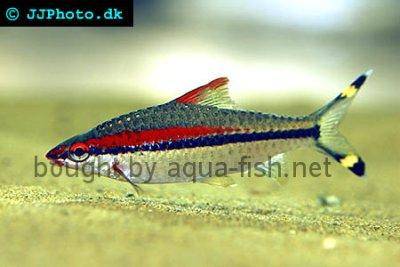




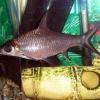 Bala
Bala 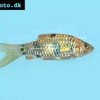 Spotted
Spotted 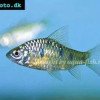 Golden
Golden 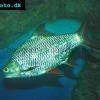 Tinfoil
Tinfoil 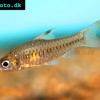 Congo
Congo 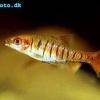 Blue-barred
Blue-barred 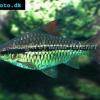 African
African 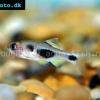 Butterfly
Butterfly 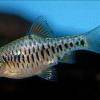 Olivegreen
Olivegreen 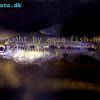 Morse
Morse 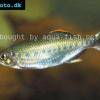 Jerdon’s
Jerdon’s 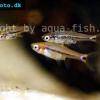 Mosquito
Mosquito 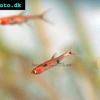 Dwarf
Dwarf 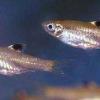 Eyespot
Eyespot 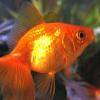 Goldfish
Goldfish 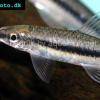 Penguin
Penguin 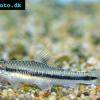 Siamese
Siamese 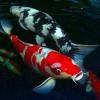 Koi
Koi 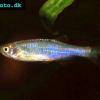 Pearl
Pearl 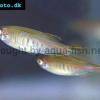 Glowlight
Glowlight 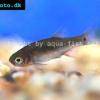 Crossbanded
Crossbanded 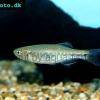 Yoma
Yoma 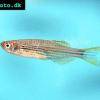 Orange
Orange 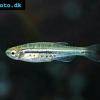 Dwarf
Dwarf 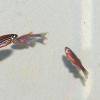 Zebra
Zebra 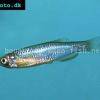 Rose
Rose 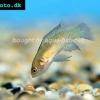 Red
Red 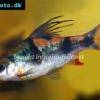 Arulius
Arulius 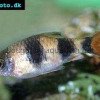 Tambraparni
Tambraparni 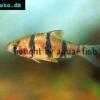 Fiveband
Fiveband 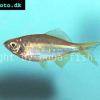 Bengal
Bengal 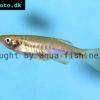 Tiger
Tiger 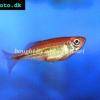 Malabar
Malabar 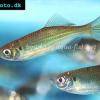 Queen
Queen 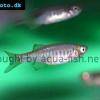 Hora
Hora 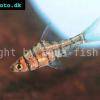 False
False 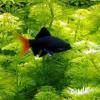 Redtail
Redtail 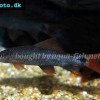 Rainbow
Rainbow 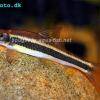 Flying
Flying 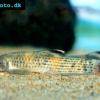 Garra
Garra 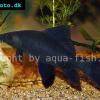 Black
Black 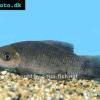 Purple
Purple 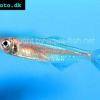 Burmese
Burmese 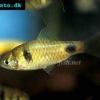 Dwarf
Dwarf 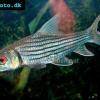 Isok
Isok 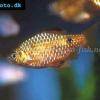 Rosy
Rosy 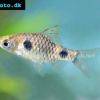 Two
Two 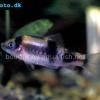 Melon
Melon 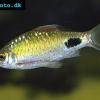 Black-spot
Black-spot 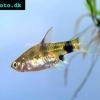 Golden
Golden 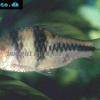 T-Barb
T-Barb 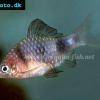 Ruby
Ruby 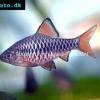 Checkered
Checkered 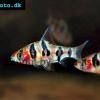 Rhomb
Rhomb 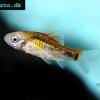 Gold
Gold 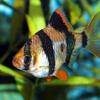 Tiger
Tiger 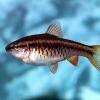 Cherry
Cherry 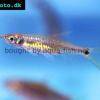 Brittan’s
Brittan’s 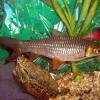 Greater
Greater 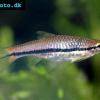 Long-band
Long-band 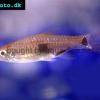 Twospot
Twospot 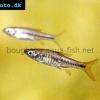 Reticulate
Reticulate 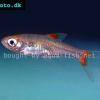 Cherry
Cherry 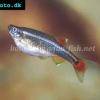 White
White 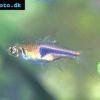 Lambchop
Lambchop 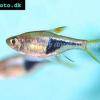 Harlequin
Harlequin